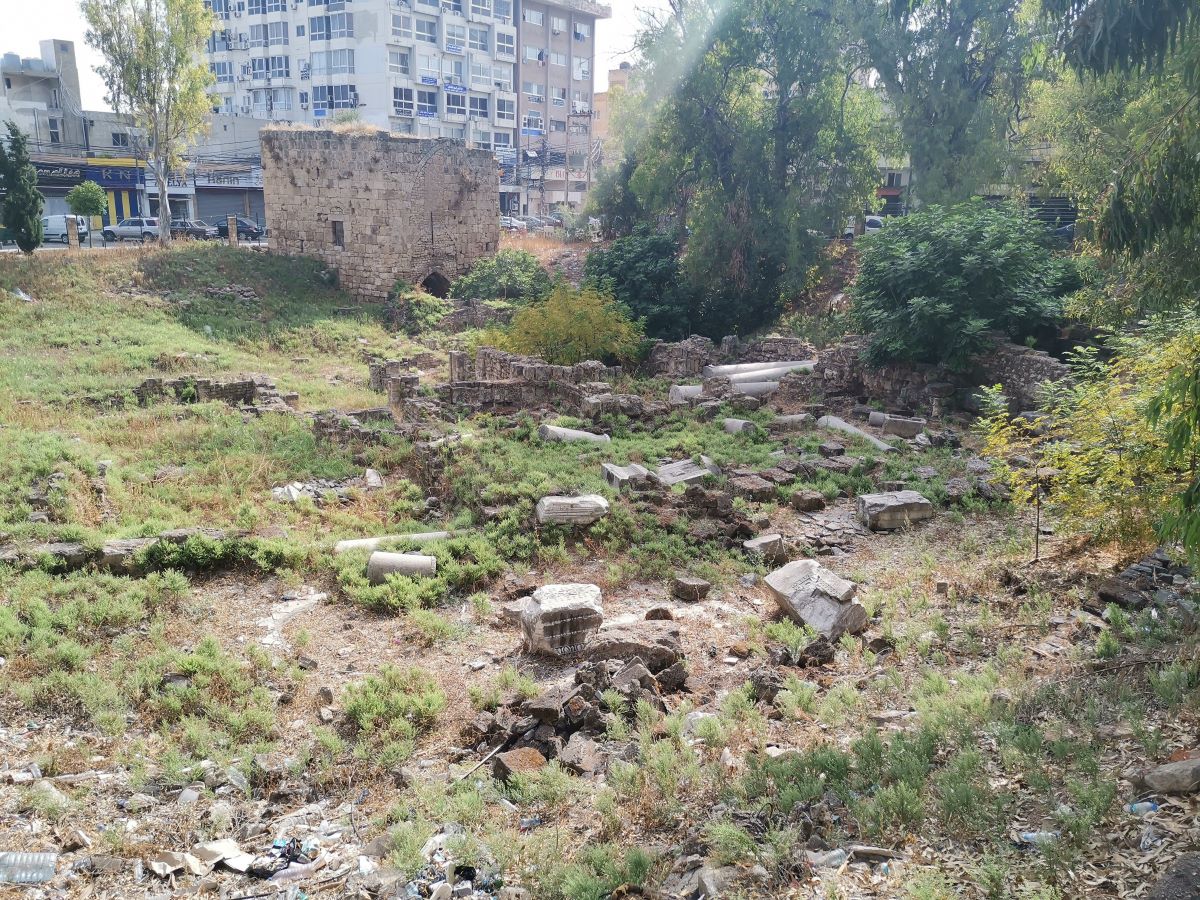The Nabée Hiram is a small archeological site that features Greco-Roman, Byzantine and Medieval era ruins, located around the old souks of Tyr.
The site is currently closed for the public, and can be only seen from the surrounding streets.
Toponym
The site is locally known as Nabée (water source) Hiram (Phoenician king of Tyr). It is believed that the foundations of the water source were developed by King Hiram I (1st millennium BC), thus the designation of the site.
Structures
The following structures and ruins can be seen on site:
The water source – The source served the city of Tyr for drinking, irrigation and religious practices over a length of 3000 years – its last usage was in 1978 following the Israeli invastion of Lebanon. It is also considered as a sacred place not only for the ancient Phoenicians, but also for many Christians who believe that Jesus Christ sat by the source upon his visit to the city.
The Tower – It is one of three towers erected by the crusaders around the 12th century to guard the port of Tyre. Built from sandstone, the cubic-shaped tower rises about 9 meters height and rests above the canals of the water source, thus taking its current name – Burj Nabée Hiram (Tower of Hiram’s Source). The walls’ facings are generally smooth with several rubble stones bearing embossment, and feature arrow slits and two large windows. The architectural elements of the tower show that it was remodeled several times since its construction.
Ruins – the site feature several cubic-shaped cells, some granite columns, architrave and capitals that date back to the classical period, as well as stones with bas-reliefs. Further excavations may reveal the nature of those ruins.
Karim Sokhn
Tour Operator & Tour Guide
References:
عين صور أو عين حيرام وبرجها، زيارة المسيح واخر طقوس الفينيقين
Les Monuments De L’architecture Militaire Des Croises En Syrie Et Dans l’Ile De Chypre, p.177-178, G. REY






